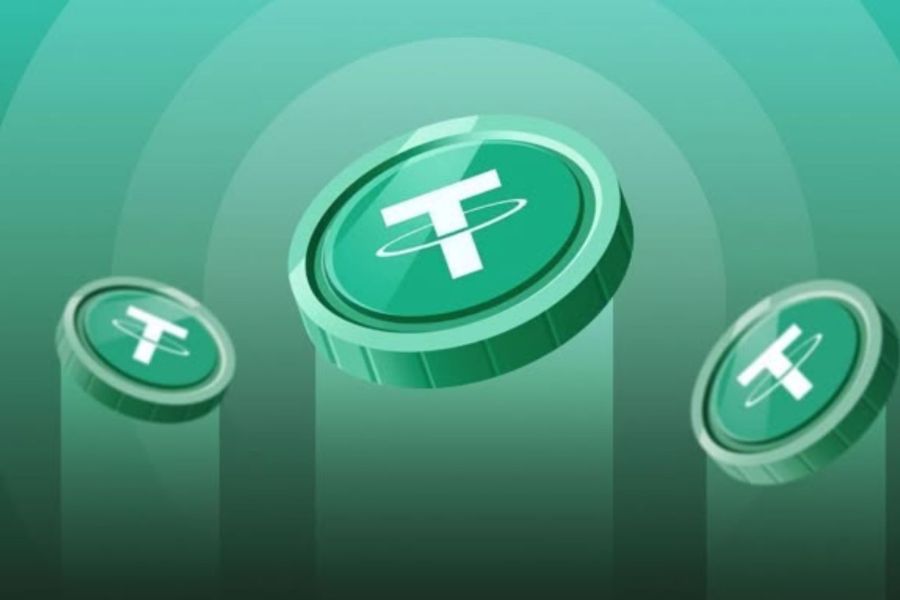Stablecoins are a type of cryptocurrency designed to maintain a stable value relative to traditional assets, such as the US dollar or the euro. Unlike cryptocurrencies like Bitcoin or Ethereum, whose value can fluctuate significantly in short periods, stablecoins are pegged to a specific value through various mechanisms, providing greater stability and predictability. This makes them an attractive option for those looking to mitigate volatility risk while still participating in the cryptocurrency ecosystem.
Types of Stablecoins
There are several types of stablecoins, each backed in different ways:
Fiat-backed stablecoins: These are the most common and are backed by traditional currencies like the US dollar or the euro. The backing is done through reserves held in a bank account or equivalent assets. The value of these stablecoins is always tied to the value of the underlying fiat currency. Examples: Tether (USDT), USD Coin (USDC), TrueUSD (TUSD).
Crypto-backed stablecoins: These stablecoins are backed by cryptocurrencies like Ethereum or Bitcoin, but they are over-collateralized to ensure their stability. Since cryptocurrencies are more volatile, these stablecoins maintain an excess of reserves to cover fluctuations. Example: DAI, backed by Ethereum.
Algorithmic stablecoins: Unlike the previous ones, algorithmic stablecoins are not backed by specific assets but use algorithms to regulate their supply and demand to maintain their value. These stablecoins are less common and may pose certain risks due to their dependence on the stability of the algorithm. Example: TerraUSD (though it collapsed in 2022).
Why Are Stablecoins Important?
Reduce volatility: The main advantage of stablecoins is that they allow cryptocurrency users to have a refuge from market volatility. Traders can convert their more volatile assets into stablecoins to protect their value without fully leaving the crypto market.
Facilitate transactions: Stablecoins enable fast and low-cost transactions, making them ideal for international transfers, payments for goods and services, and remittances. Since they are tied to a fiat currency, their value is predictable and easy to use for those unfamiliar with the volatility of traditional cryptocurrencies.
Financial accessibility: Stablecoins can act as a gateway to financial inclusion in regions where banking systems are inefficient or inaccessible. They allow users to store and transfer value without relying on traditional intermediaries, which can be particularly useful in economies with high inflation or currency restrictions.
Innovation in decentralized finance (DeFi): Stablecoins are key in the development of decentralized finance (DeFi), an ecosystem of financial applications and services that operate without banks or intermediaries. Stablecoins provide a stable base for DeFi operations such as lending, yield farming, and decentralized exchanges (DEXs).
Transparency and security: Most stablecoins are backed by regular audits and offer a level of transparency that can foster trust among users. The use of blockchain technology ensures that transactions are verifiable, transparent, and immutable, which strengthens security.
Risks and Challenges
While stablecoins offer many advantages, they are not without risks:
Counterparty risk: In the case of fiat-backed stablecoins, there is a risk that the entity responsible for holding the reserves may fail to meet its obligations. This could lead to a loss of confidence in the coin.
Depegging risk: In algorithmic stablecoins, the algorithm that controls supply and demand may not be effective in certain market scenarios, potentially causing the stablecoin to “depeg” from the fiat currency it is tied to.
Regulation: As stablecoins become an increasingly important part of the financial ecosystem, governments and regulatory authorities are stepping up their oversight. New regulations could affect how stablecoins and related services operate.
Stablecoins have proven to be a key component in the development and expansion of cryptocurrencies and blockchain technology. They offer stability, accessibility, and efficiency for users and businesses, facilitating payments, investments, and participation in decentralized finance. However, like any emerging technology, they still face risks and regulatory challenges that must be properly managed to ensure their long-term sustainability.





